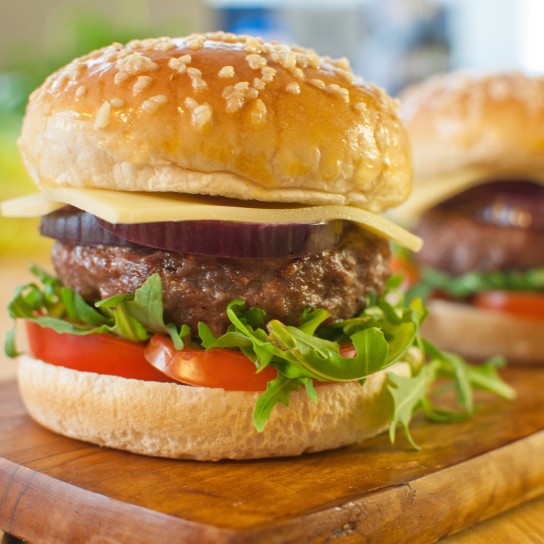Choosing a reputable distributor
Brenntag is a chemical distribution company based out of Germany. With more than 190 distribution locations across Canada and the United States, we currently stand as the global market leader in full-line distribution. We have been leaving customers satisfied with our business for almost 150 years. Customers think of us as a one-stop shop for raw material solutions, including L-cysteine and other amino acids.
At Brenntag, we offer specific application technology, superb technical support, and value-added services which include competitive pricing, on-time delivery, quality assurance, and high-quality customer support. We complete our chemical and ingredient solutions by taking advantage of our many facilities, which all adhere to ISO standards and HACCP food safety regulations .
We utilize modern warehouses, tank farms, and drumming and blending establishments while not losing sight of our main focus: safety, quality, and service . We make it possible to reap the benefits of L-cysteine supplementation without fear of how the supplement has been made.
